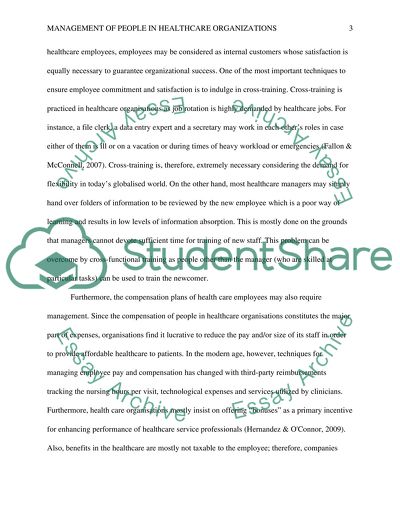Cite this document
(“Management of People in Healthcare Organizations Essay”, n.d.)
Retrieved from https://studentshare.org/nursing/1488636-management-of-people-in-healthcare-organizations
Retrieved from https://studentshare.org/nursing/1488636-management-of-people-in-healthcare-organizations
(Management of People in Healthcare Organizations Essay)
https://studentshare.org/nursing/1488636-management-of-people-in-healthcare-organizations.
https://studentshare.org/nursing/1488636-management-of-people-in-healthcare-organizations.
“Management of People in Healthcare Organizations Essay”, n.d. https://studentshare.org/nursing/1488636-management-of-people-in-healthcare-organizations.


